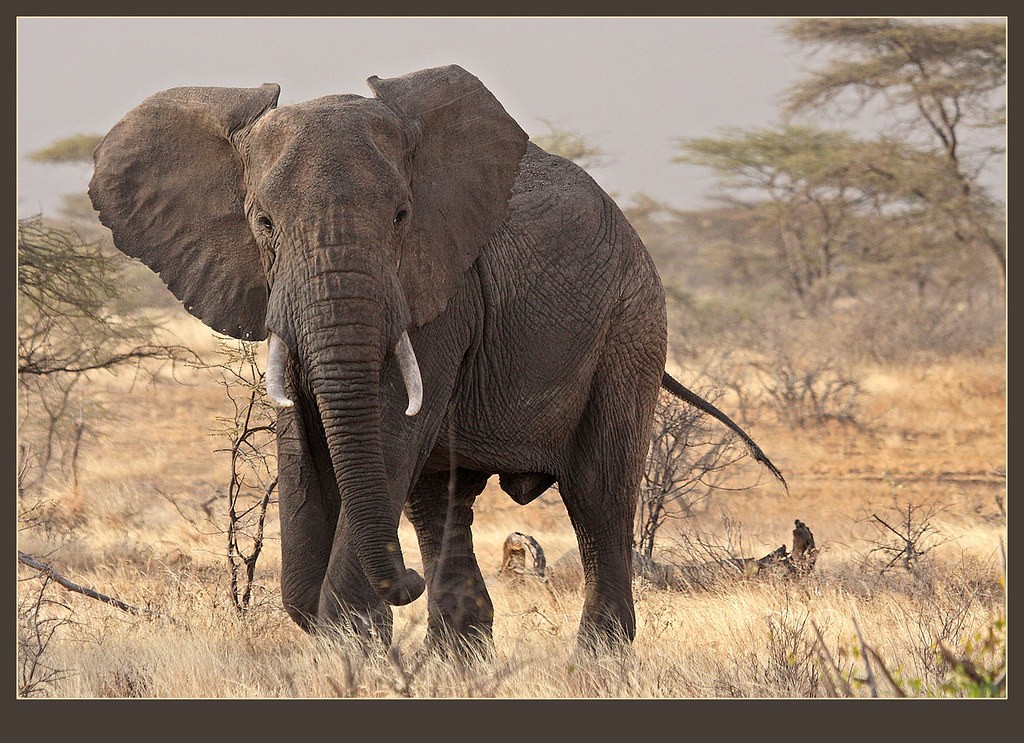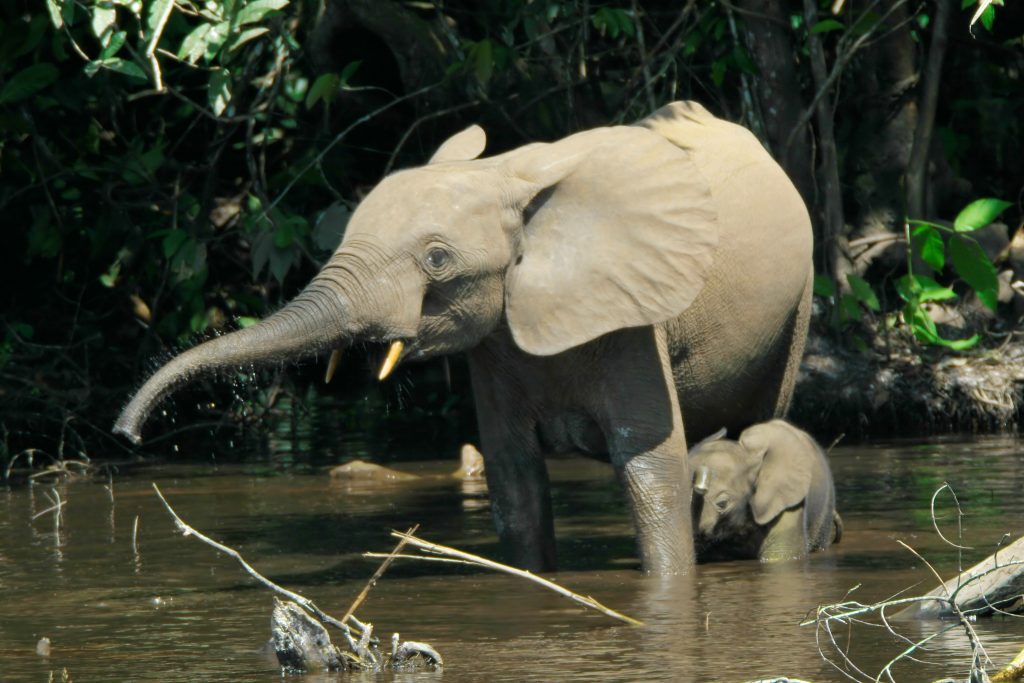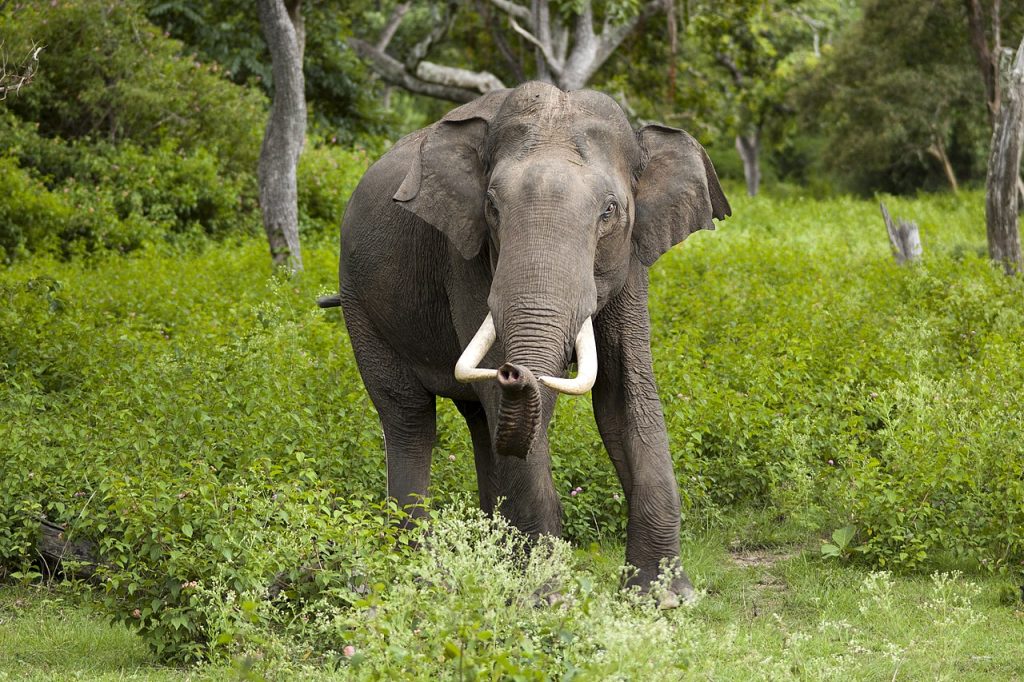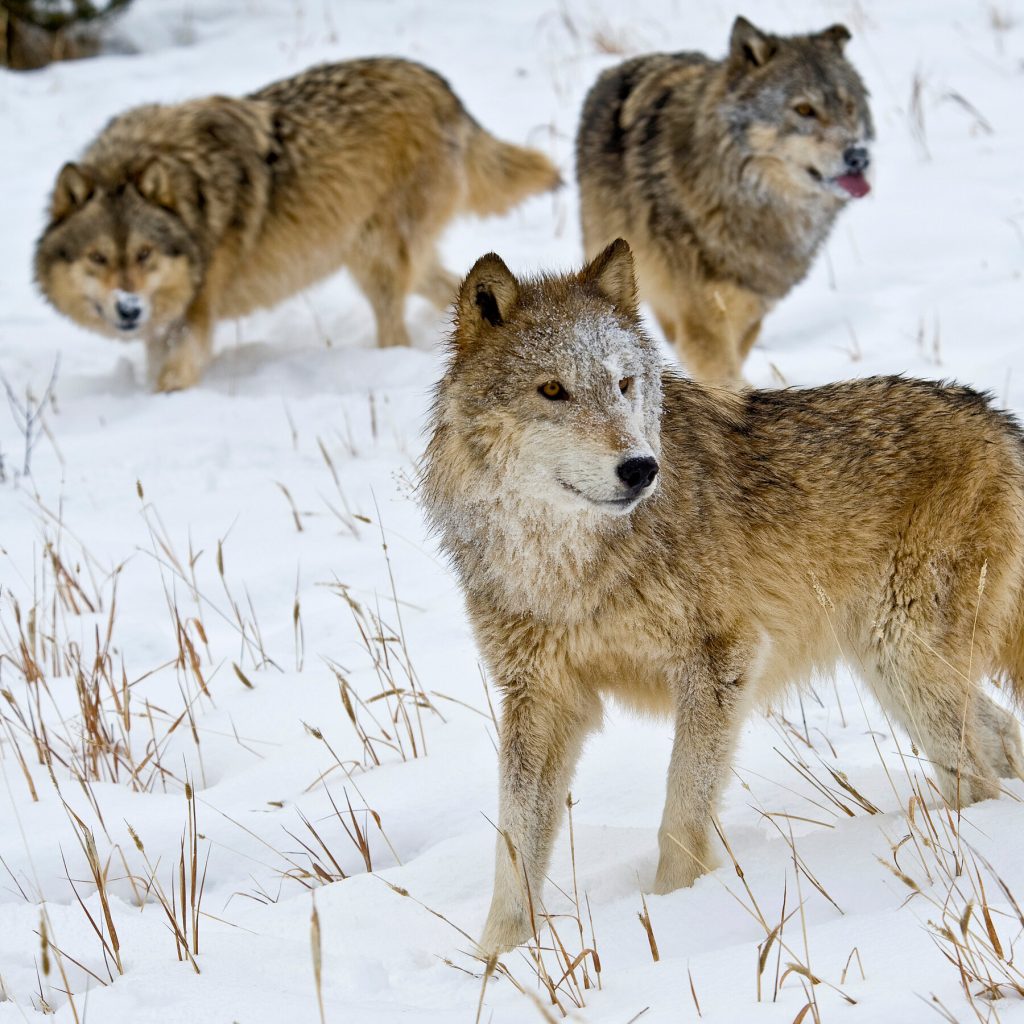Until last year, in many of the states in the USA, there was little to stop people from keeping big cats as pets.


Wildlife and conservation new, wild travel information and links for booking
Until last year, in many of the states in the USA, there was little to stop people from keeping big cats as pets.

I wrote last year about a group of European bee eaters which nested in Norfolk last year
https://seeanimalswild.com/wp-admin/post.php?post=7304&action=edit
Should you wish to read it, I have included a link to it above.
These birds are beautiful, and for some time, have been an exciting moment when encountering them in Spain or eastern Europe. Unfortunately, their more regular visits to our shores is yet more signs of climate change.
The fact that they have returned to the same nest site may well suggest a group which intends to make this their annual nesting ground.
3 have been spotted, which include a nesting pair.
https://www.cnn.com/videos/tv/2023/04/04/mission-tiger-sumatra-tambling-1-hnk-spc-intl.cnn
Above is a link to a short but fascinating video which CNN did about an ex hunter who is trying to atone for his former behaviour.
It is under 6 minutes and well worth a watch. It is not brand new, but I hope it is of interest.
This is a reserve of about 480 square km on the southern end of Sumatra

While not vast, this small reserve has the capacity to support above 10% of the current remaining Sumatran tiger population.
I hope to be able to link to this destination in the near future
The African savannah elephant has declined by 60% over the last 50 years, and the African forest elephant has declined by 86% over the last 31 years.
So how close are these species to disappearing? There are currently 415,000african elephants in the wild, spread across 23 countries.
Unfortunately, their situation is highly different on different parts of the continent. Botswana still supports 130,000 Savanah elephants, while Tanzania lost 60% of their elephants between 2009 and 2014 (though some reserves till have healthy populations), one place hit particularly hard was the Selous which 40 years ago had over 150,000 and currently hosts 15,000 elephants.

While the African forest elephant was only recognized as a separate species in 2021 (there has been much argument about its status), what is not in question is its horrific decline in numbers. Indeed finding a web page that gives you an accurate figure is hard work, This may well because one does not exist. There has been horrific population declines over recent years, and the density is incredibly varied across its range.
Unfortunately one thing is clear, in areas of the Congo rainforest where elephants have lost, the forest does less well. There are many plant species which rely on elephants to carry their seeds from from where they are dropped. As such, without forest elephants we are likely to loose many species of trees – to the extent that it might threaten the survival of the Congo rainforest itself.

So how are Asiatic elephants doing? Unfortunately not great. There are 5 subspecies
First, the Indian elephant. This is the best known and most wide spread. Currently their Indian population is thought to be between 27,000 and 31,000, with between 10,000 and 14,000 across another 10 countries. While I am listing 4 subspecies these all look relatively similar.

Borneo elephant – the most positive estimate, suggests that there are 1500 remaining in the rainforests of Borneo
Sumatran elephant 2400-2800
Sri Lankan elephant 7500
Syrian elephant – this species was lost as much as 1000 years ago, and occupied the western most part of the Asiatic elephant range.
As such what is clear, is that while African elephant populations are falling fast there is time to check this decline. The Asiatic elephant populations are far more in danger.
In the UK, it has been shown that at every solar farm looked at, there were more species, from insects such as butterflies, to mammals such as hares do well.
I would argue that these areas are not as good as reserves, but it is still a positive benefit. Indeed, it is conceivable that if wolves and bears returned to the UK, these sites could be fantastic for these animals.

In 2020, Trump gave responsibility for managing wildlife populations back to the states. Now one might argue that this is the right thing to do, after all it is democracy, but is it?

Many of the states in the USA are horrifically gerrymandered, with some having a small minority overruling the great majority. There are many intentional ways that this is done (republicans have been very good at it over time – there are been 2 times in recent years where democrats got more votes but lost.
Continue reading “Montana (and many other states) cannot be trusted to maintain sensible populations of grizzly bears or wolves, so why do they have control?”The Christian Social Democrats believe that there is no place for wolves in Germany, and members of the party have called for their intentional extinction. Taking around 10% of the vote they are a small but relatively influential party – and given the way that elections work in Germany, coalitions are common. Unfortunately, coalitions will often give small parties an outsized voice, so this foolish position has the potential to become government policy faster than one would expect.

The Gir forest was the last refuge of the Asiatic lion. Back in 1893 it was thought that there were only 18 animals remaining. Thankfully that number has rebounded very well (there are scientists who doubt this extremely low number) and the Indian lion population is now thought to number about 600. The problem is, that the reserve is not particularly large at 1410 square km (544 square miles). Even in the Serengeti (which has one of the highest density of lions) there is about 1 lion for every 2 square miles, yet the Gir forest has more than one per square mile. This contributes to a mortality rate that is dangerously high, with 283 lions dying in the last couple of years.
As such it is not surprising that many of the lions live outside the reserve, and is thought that around 1 in 4 live outside the reserve.
This was one of the reasons that efforts were made to move some of these lions to other reserves, but Gujarat has blocked this despite loosing various court cases.

Now, it is not easy to live alongside lions, and the state government is both endangering the long term survival of the Indian Asiatic lion, as well as many of its human population by its determination to hold onto the whole population within its borders.
It is just 5 years since the Tapanuli orangutan was described. Despite this Orangutan being restricted to an area of Northern Sumatra, it is more closely related to the Bornean Orangutan than the Sumatran one. This might be the clearest indication of how long this species has been separate from its cousins.

The Tapanuli Orangutan split from its Bornean cousins around 670,000 years ago, while chimpanzee and Bonobo were split 1.5-2.2 million years ago. Baffling, the Sumatran Orangutan split from both the Borneon and Tapanuli Orangutan 3.38 million years ago. For context, Humans split from our chimpanzee ancestors 4-6 million years ago (so not much longer) and gorillas split from their chimpanzee ancestors 7-9 million years ago.
All this is to say, that while the Tapanuli Orangutan is relatively closely related to the Bornean Orangutan, it cannot interact with it as it is on another island; and the Sumatran Orangutan is too far removed to be able to interbreed.
It is thought that the Tapanuli Orangutan has faced population decline of 83% in the last few decades (three generations). Further threats are numerous. One of its biggest threats is a hydroelectric dam, which would remove much of the remaining habitat, but a gold mine, loss of habitat and an expansion of croplands are other threats.
Unfortunately little to nothing has improved in the last 6 years, they are probably closer to extinction now than ever. If you have followed this blog over the last 5 years, you will have seen that I have written on this new orangutan species a few times. We will continue to follow this animal on this blog – we must work to raise its profile and not merely chronicle its slide towards extinction.









Join as an ambassador supporter to
support this site, help save wildlife
and make friends & log in

